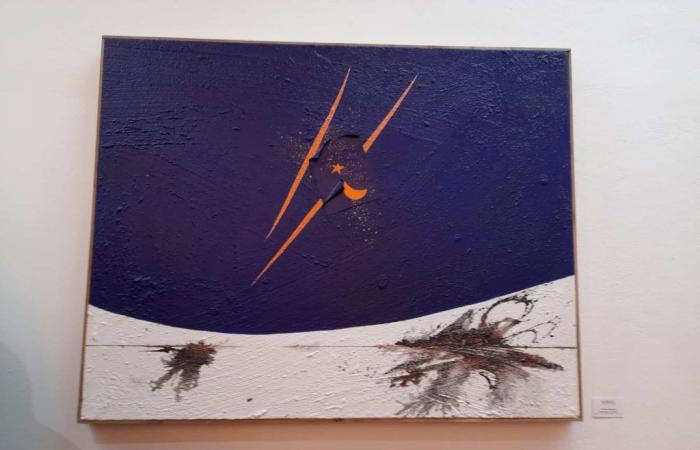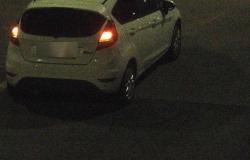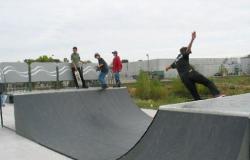On Saturday 22 June the “Coronart” exhibition starts inside the Church of the Coroncina and on Largo Mons. Giuseppe Centra with Lucrezia Rubini’s exhibition “Vibrations between heaven and earth”.
The present exhibition, set up among the ruins of the eighteenth-century church, originally entrusted to the Congregation of the Coroncina, bears the history, the vicissitudes, the destruction that have raged over time on the building, both human – the bombings of the last war -, both natural – a storm in 1969 and a fire in 1976. The recovery implemented here, specifically in the name of art, an eminently salvific instrument for today’s man, I believe can make a different contribution, of a symbolic type, of reinterpretation , rediscovery, recognition, exhumation of the stratifications of an experience, of which the remaining stones are testimony. The place is extremely evocative, full of vibrations, and those ruins, those remains, become relics and as such are reactivated, thanks to the “artwork catalysts”, which in this place, reliving, reveal dimensions stratified over time.
The breaking of the vault realistically opens up to Heaven, no longer illusory trompe l’oeil of seventeenth-century skies inhabited by angels and saints, but with a threatening leaden air of pollution, thereby putting man face to face with his responsibilities.
On the ground, the torn floor has allowed the herbs to emerge, testimony to the renewing and re-emerging force of Nature, in contrast to the destructive fury on the part of man, of his own actio. Therefore between Earth and Sky, man, suspended, fragile, now devoid of points of reference, through art can find tools of remembrance, reflection, recognition of the self, for a new path of reorientation. The work of art itself becomes a place of ideal encounter, trait d’union between the individual and the universal. Man, inasmuch as he recognizes the self in the Whole through the work of art, activates this awareness, which is not rational, but intuitive and emotional.
The perimeter walls create a privileged connection between Earth and Sky, in which man first becomes the centripetal fulcrum, and then the centrifugal fulcrum, of vibrations and repressed forces of the collective unconscious. And so the work of art becomes a place of memory, of a rediscovered experience, however modified, restructured, fragmented and precarious, because that rediscovery, partially reconstructed, is destined to be lost again, however leaving a mark, a track, a point of leverage for a subsequent “encounter”.
The works of art created by artists with technical-artistic expressions of a plastic, figurative type, or with installations site specific they were able to grasp the tilt, the discresia of the Man/Earth/Sky triangle, a triad no longer in harmony. Anthropometric man has lost his sense of measure, becoming dangerously anthropophagous and anthropocratic. Art will be able to envisage new paths of reharmonization and reconciliation of the pairs man-Nature, man-built environment, man-Earth, man-Sky, man-man.
The works of art will then become “royal doors” capable of opening space-time gaps between Heaven and Earth, for the reconstruction, through the activation of infinite virtuous circuits, of a new Cosmos and a new Cosmogony, suspended in an ineffable space, between the humanly delimited materiality of the Earth and the infinite spirituality of Heaven; suspended, again, between past and future, in the timeless time of contemplation, to arrive at a new anthropometry, in harmony with the elements of Nature, Humanity, the self, finally rediscovered.
Lucrezia Rubini
Art critic






